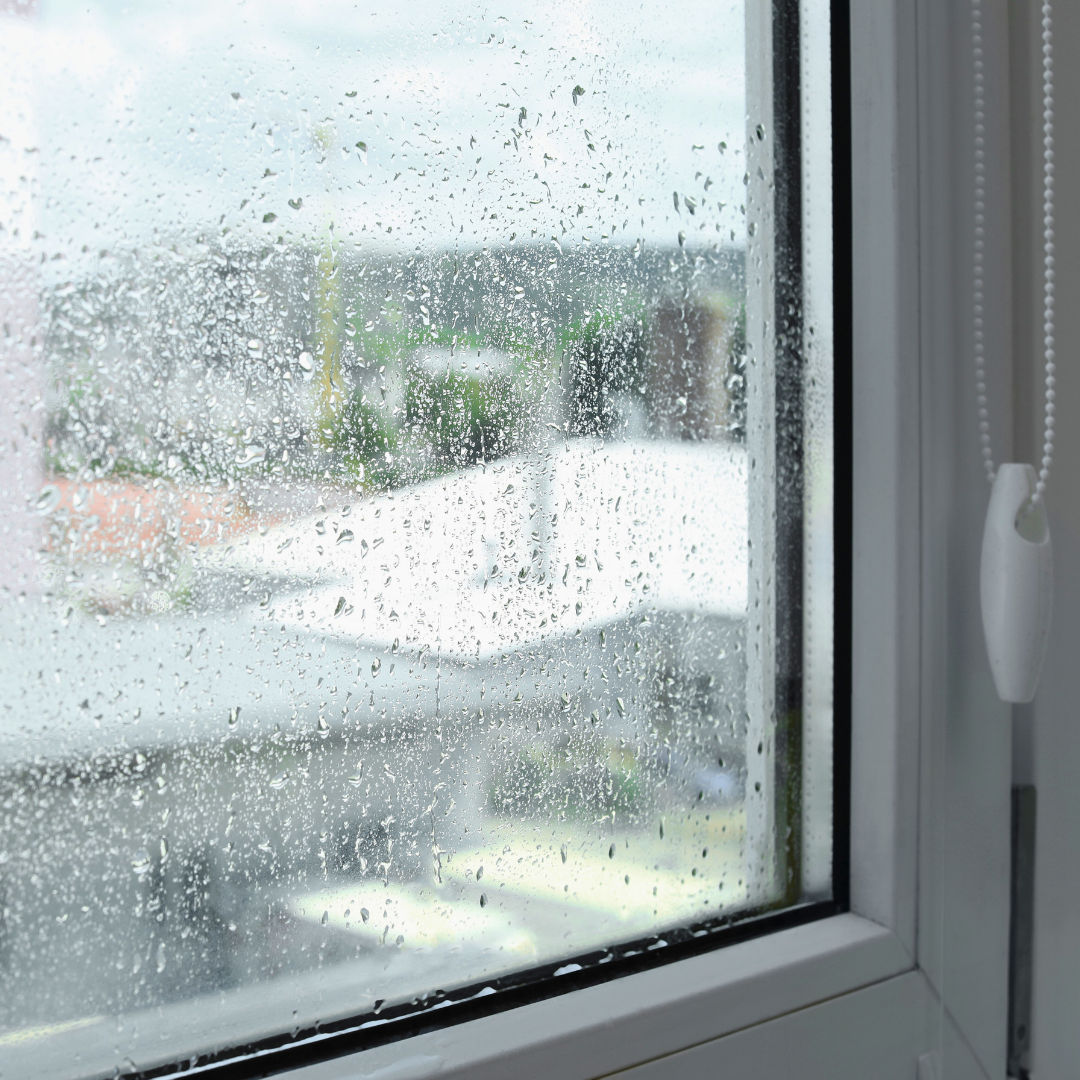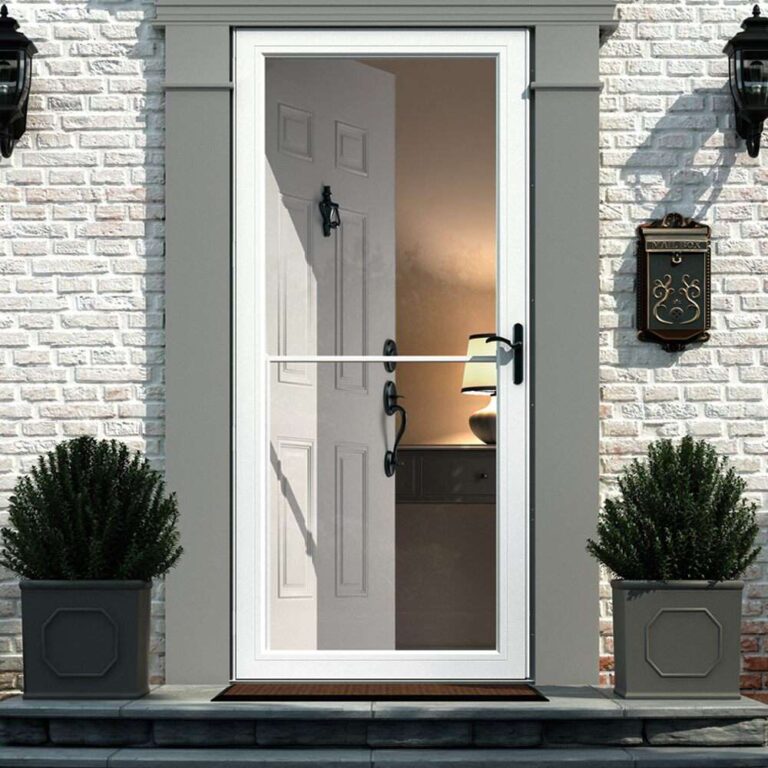If you’ve ever noticed moisture accumulating on your windows, you’re not alone. It’s a common issue, especially in homes with tightly sealed windows and doors. While it might seem like a minor annoyance, window moisture can be a sign of deeper problems. Understanding what your windows are trying to tell you can help you address underlying issues before they become major headaches.
Understanding Window Moisture
Moisture on your windows typically appears in three forms: condensation, frost, and water streaks. Each type has different implications and causes.
- Condensation: This occurs when warm, moist air comes into contact with a cooler surface, like your window glass. You might notice it more during the winter months when the temperature difference between the inside and outside of your home is significant.
- Frost: If condensation is left unchecked in cold weather, it can freeze, forming frost on the inside of your windows. This is a clear indication of excessive indoor humidity combined with inadequate insulation.
- Water Streaks: These are usually seen on the exterior of windows and are often caused by rain or dew. However, if you notice them inside, it could be a sign of leaks or poor window seals.
What Your Windows Are Trying to Tell You
- High Indoor Humidity: Persistent condensation is a strong indicator that the humidity level inside your home is too high. This is common in bathrooms, kitchens, and basements. High humidity can lead to mold growth, which poses health risks and can damage your home’s structure.
- Poor Ventilation: If moisture is a recurring issue, your home might not be properly ventilated. Good ventilation is crucial for regulating indoor humidity levels. Ensure that exhaust fans in bathrooms and kitchens are functioning correctly and consider using a dehumidifier in particularly humid areas.
- Inadequate Insulation: Frost on windows often points to poor insulation. Cold air seeping in from outside can lower the temperature of the glass, leading to condensation that can freeze. Improving insulation around windows and doors can help maintain a consistent indoor temperature and reduce energy costs.
- Faulty Window Seals: If you notice water streaks or condensation between the panes of double or triple-glazed windows, it’s a sign that the window seals have failed. This compromises the window’s insulating properties and can lead to further issues like drafts and higher energy bills.
- Potential Leaks: Moisture or water streaks on the inside of your windows could indicate leaks. Check the caulking and weatherstripping around your windows. If these are damaged or worn out, they might need to be replaced to prevent water from entering your home.
Solutions to Consider
- Control Humidity Levels: Use dehumidifiers, especially in high-humidity areas, to keep indoor humidity between 30-50%. Houseplants, aquariums, and indoor drying racks can also contribute to higher humidity, so consider these factors as well.
- Improve Ventilation: Ensure your home has adequate ventilation. Use exhaust fans in the kitchen and bathroom, and consider installing an air exchanger to keep the air moving and fresh.
- Upgrade Insulation: If poor insulation is the issue, adding or upgrading insulation can make a significant difference. Window treatments like thermal curtains can also help maintain indoor temperatures.
- Repair or Replace Windows: Check and repair window seals regularly. If your windows are old or damaged, consider replacing them with more energy-efficient models. Double or triple-glazed windows with low-emissivity coatings can help prevent condensation and improve overall energy efficiency.
- Regular Maintenance: Routine checks and maintenance of windows and doors can prevent small issues from becoming major problems. Regularly inspect caulking, weatherstripping, and seals to ensure they are in good condition.
Final Thoughts
Moisture on your windows is more than just an inconvenience—it’s a message from your home about its health and efficiency. By understanding what your windows are telling you and taking appropriate action, you can improve your living environment, enhance energy efficiency, and prevent potential damage. Don’t ignore the signs; let your windows guide you to a healthier, more comfortable home.



